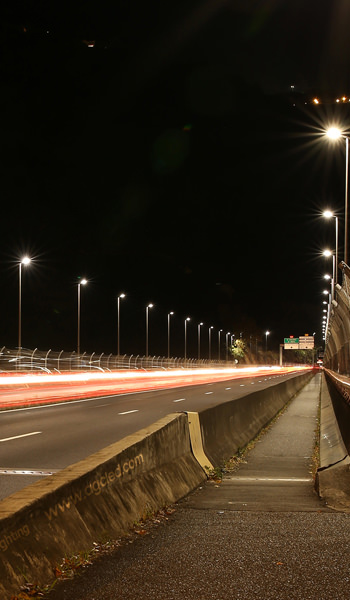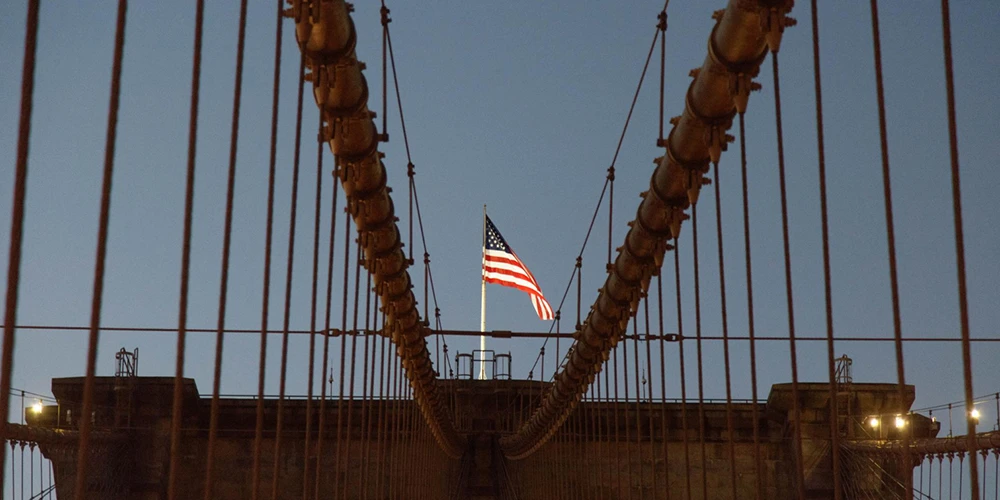When it comes to industrial and outdoor lighting, electricity costs are critical for operators. Did you know that luminous efficacy plays one of the biggest roles in determining your electricity bill? Luminous efficacy is a measure of how efficiently a light source converts electrical energy into visible light. It is expressed in lumens per watt (lm/W) and serves as a vital indicator of a lighting system's energy efficiency.
But how exactly does luminous efficacy translate into lighting bill savings? That's what we'll explore in this blog. We'll explain what luminous efficacy is and its difference from luminous efficiency. We'll discuss how it impacts lighting bills, as well as tips to optimize your lighting choices. Let's dive in!
What is the luminous efficacy
Luminous efficacy determines how effectively a light source converts electrical energy into visible light. Old-fashioned incandescent lights have an efficacy of around 10-20 lm/W. This wastes most energy as heat instead of useful light. But more LEDs now reach over 200lm/W, revolutionizing efficacy. By maximizing efficacy, LEDs produce far more light output from the same electricity input.
How is luminous efficacy calculated?
Luminous efficacy is typically measured in lumens per watt (lm/W), where lumens refers to the total amount of visible light emitted by a light source, and watts represent the electrical power consumed. The higher the luminous efficacy, the more efficiently the light source produces light, resulting in greater energy savings and cost-effectiveness.
For example, a 100W light emits 10000 lumens of visible light. The luminous efficacy of the light would be 10000lumen/100W=100lm/W.
Luminous efficacy vs. Luminous efficiency
When discussing lighting and energy efficiency, two terms that often come up are luminous efficacy and luminous efficiency. While these terms may sound similar, they represent distinct concepts that play a crucial role in evaluating lighting systems.
Luminous efficacy
As we discussed earlier, luminous efficacy measures how effectively a light source converts energy (watts) into visible light (lumens). It is expressed in lumen per watt (lm/W). luminous efficacy answers the question: how well does a light source transform watts into lumens?
Luminous efficiency
Luminous efficiency refers to the effectiveness of a lighting system in delivering light to a specific area or task. Luminous efficiency is often expressed as a percentage. It’s like an overall ‘energy efficiency’ rating, telling you the ratio of the amount of light produced by the light source to the total amount of light coming out of the fixture.

Impact of luminous efficacy on lighting bills
Luminous efficacy directly affects the amount of electricity consumed for a given level of brightness. Light sources with higher luminous efficacy consume less electricity to produce the same amount of visible light. This means that by choosing lighting technologies with higher luminous efficacy, you can achieve the desired level of brightness while reducing your energy consumption. As a result, your lighting bills will decrease, providing you with long-term savings.
To illustrate the impact of luminous efficacy on lighting costs, let’s consider an example.
Suppose you have a room that requires 1,000 lumens of light. If you use a traditional light fixture with a luminous efficacy of 50 lm/W, it will consume approximately 20 watts of electricity to produce the required brightness. However, if you replace it with an LED fixture boasting a luminous efficacy of 100 lm/W, it will only consume 10 watts to achieve the same light output. This significant 50% reduction in energy consumption translates directly into lower lighting bills.
Now imagine how much energy and cost savings you could achieve if you required large numbers of lighting fixtures! Upgrading to highly efficient LEDs can quickly justify the investment through massive efficacy gains.
AGC provides a wide range of LED lights with high efficacy for industrial and outdoor applications. Our HB44 high bay light can have a luminous efficacy of up to 210 lm/W. If you need any assistance with lighting retrofits from conventional fixtures to LEDs, don't hesitate to contact us. We can help you gain a faster return on investment with our high-efficiency LED lights designed to minimize operating costs.
Choosing lighting products with high luminous efficacy
When it comes to selecting lighting products, considering luminous efficacy can have a significant impact on your energy bills and overall lighting performance. Here are some key considerations when selecting lighting products with high luminous efficacy and more energy savings.
Prioritize LED lighting
LED lighting is renowned for its highest luminous efficacy compared to traditional light sources. LEDs can produce significantly more lumens per watt, resulting in greater energy savings. You may want to reuse the existing housing of your aging fixtures. We offer LED retrofit kits for tunnel lights and classical streetlights to help improve luminous efficacy without replacing existing fixture designs. This enables us to maintain the classical appearance as well as reduce costs.
Check lumen per watt ratings
Lumen per watt (lm/W) is the standard measurement for luminous efficacy. The higher the lm/W rating, the more efficiently the light source converts electrical energy into visible light. Scrutinize technical specification sheets to find maximal product efficacy.
Consider lighting design
Other factors can also impact luminous efficacy besides the light source itself. Ensure that the lighting fixtures have high-quality lenses, reflectors, heat dissipation, and optical systems. Such factors help focus light precisely where needed, enhancing usefulness while requiring less energy.
Evaluate lighting controls
Incorporating lighting controls, such as dimmers, motion sensors, and smart controls, can further optimize energy consumption. These controls allow you to adjust the light output based on specific needs, reducing energy waste and enhancing the overall luminous efficacy of the lighting system.















